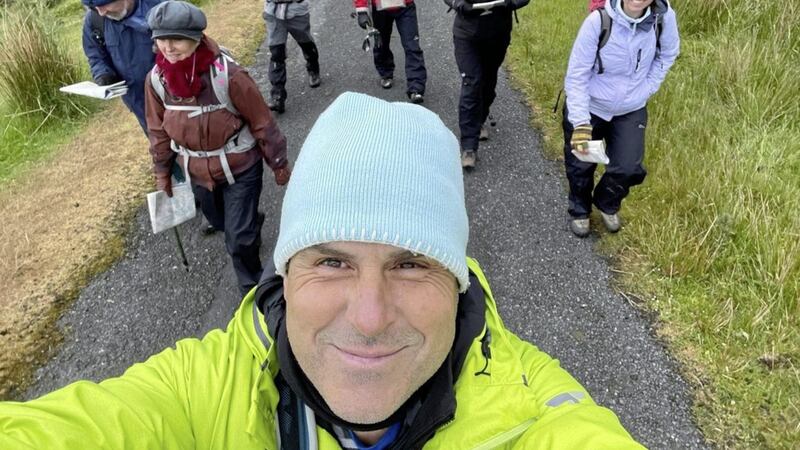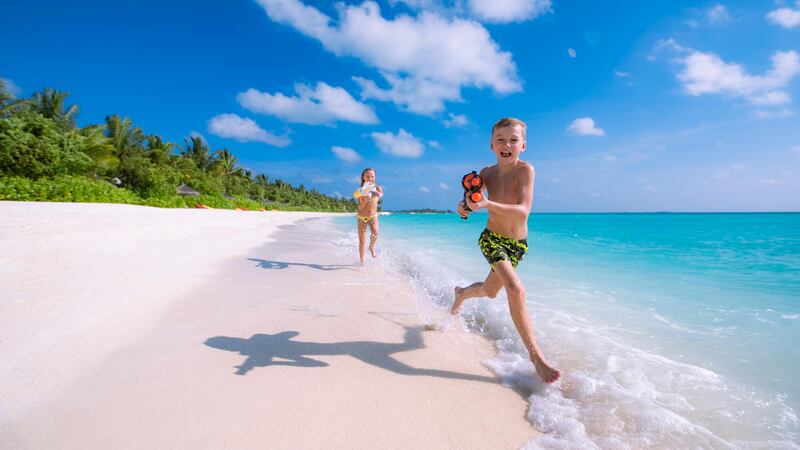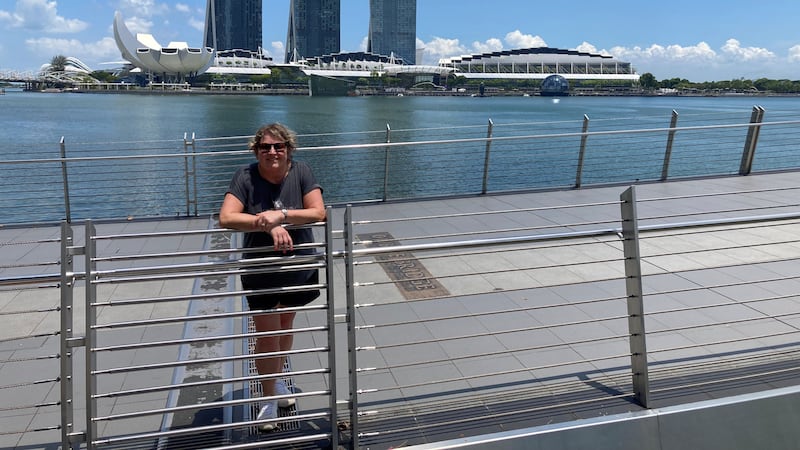WE MUST look odd, mad even, tramping in a line across this broad expanse of heather when there's a perfectly good track around the edge of it that would take us to the forest on the other side in half the time.
Eccentric though the scene may be, however, it will at least be obvious to anyone taking the easier route that we are obeying our instructor Tim Orr's injunction to have fun while in the mountains. There's plenty of chat and good cheer as we advance through the dense vegetation, stopping for a huddle every hundred metres.
But fun is only the second of Tim's top three tenets of hillwalking; safety is the first. It is obvous that care is needed on this uneven ground. We are alert for hidden bog holes and rocks and we warn our companions walking behind us of these potentially ankle-wrecking hazards.
The stops are to swap leaders, take a bearing and confer as we make our way over a rise. We are a group of seven, including Tim, on Cullentragh Mountain, one mountain south of the Glendalough valley in the middle of Co Wicklow.
And by happy coincidence – mixed with a dash of Tim's 25-plus years' experience as a teaching mountaineer – we students have calculated, using our compasses and Ordnance Survey maps, that the distance between the point on the path and the point at the plantation which he has 'arbitrarily' picked for this exercise is bang on 700 metres.
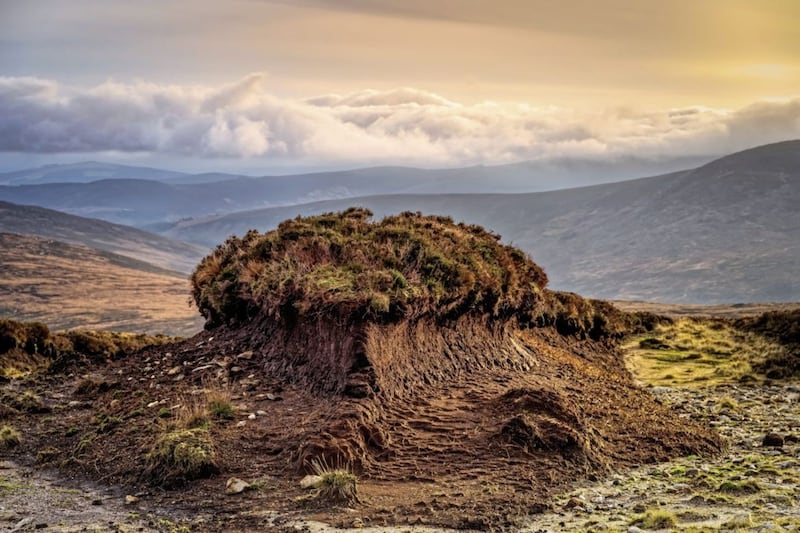
This means that, as well as checking their compass to make sure we're all going in the right direction, whichever of the seven of us is in front has to pace out 100 metres in their head. So, no craic for them for, well, 1.2 minutes, according to Naismith's Rule, lest they lose count. Though we're starting to doubt whether Victorian mountaineer William Naismith took knee-high heather into consideration when working out his widely used formula for how long it takes to get from A to B in the hills...
Or that walkers would pause, as we do, to quietly ooh and aah at the grace and beauty of a young deer which springs, startled, as if from the heather itself and bounds away from us. But I gather that managing to abide by arcane if handy mathematical principles while adapting to changing circumstances is a balancing act that can only be mastered by practice.
Our destination is successfully arrived at nonetheless, practically illustrating that you can get to where you want to go with surprising accuracy when off the beaten track if you have the essential tools for navigating: a good map and compass and the know-how to use them. (This applies whether you are in Donegal or the Dolomites, incidentally.)
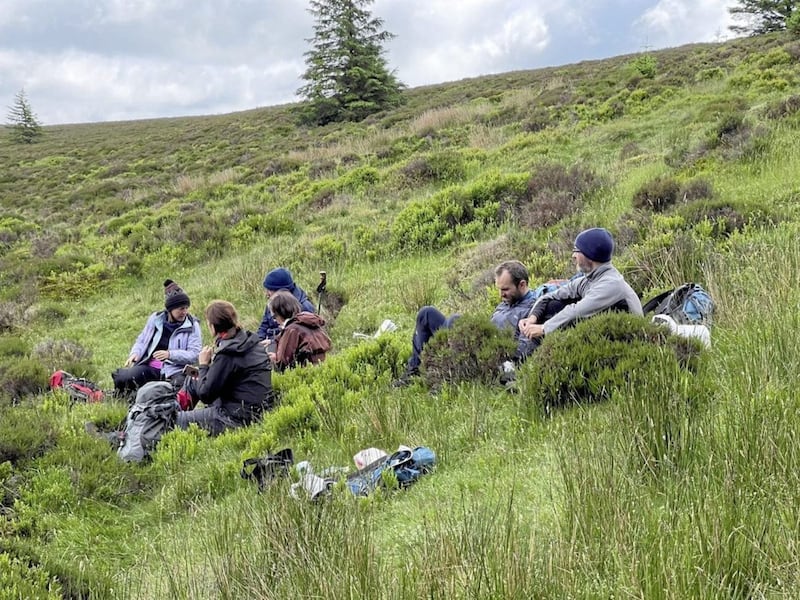
The hillside might well have been enveloped in thick cloud when we set out from the path – two hours earlier, it almost certainly was; it might have been raining so heavily that we could only see a few metres in front of us; we might have had a setback and gotten caught out in the dark.
Or the go-to point represented by the red dot which Tim marked on our maps might have been far beyond the horizon, or more obsured by the folds of the land than it actually is. But our newly learned skills should still have gotten us to precisely the right spot.
As we sit down on the slope to eat lunch, "Why are you here today?", the first question Tim put to each of us yesterday morning as we prepared to set off in the shadow of the aptly named Tonelagee mountain, seems utterly superfluous. (Tonelagee means 'Ar*e to the wind'.)
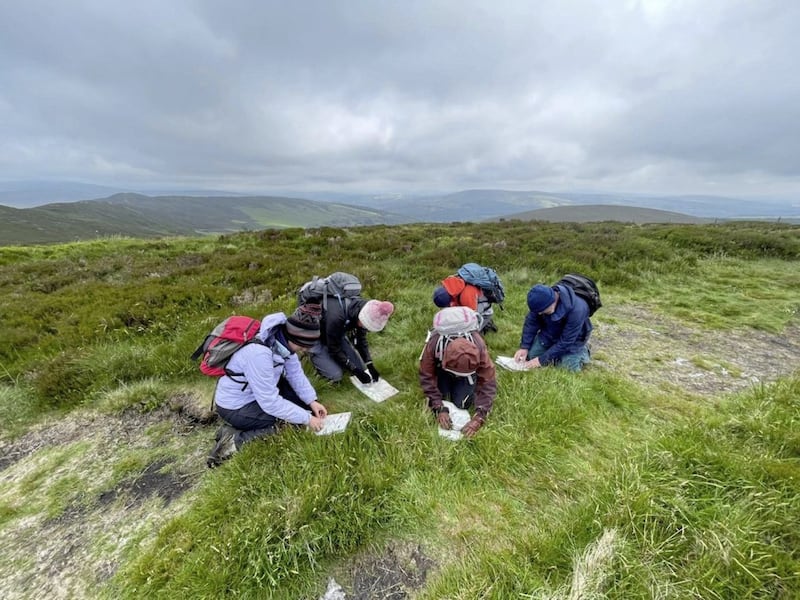
That's because the sun has come out, the morning's brooding cloud has suddenly lifted from Derrybawn hill in front of us. We can see peaks, rivers, ridges and forests for miles around with crystal clarity, even a windfarm in the Irish Sea far to the east, the faint shape of a ship seeming to shimmer in mid air. Sure where else would you want to be?
While they might be the icing on the cake, though, it was clear from how each member of the group answered Tim's question that glorious vistas are not the underlying motivation for signing up for a Mountain Skills Part 1 course. So what is?
A desire for independence might best sum it up. While I don't believe that previous experience would have been essential in order to do or to benefit from this thoroughly enjoyable two-day course, all of us in the group – an open and down-to-earth lot from various walks of life – have done some hillwalking, both in groups and on established pathways and trails. But a common theme among our answers was to begin the journey of going it alone.
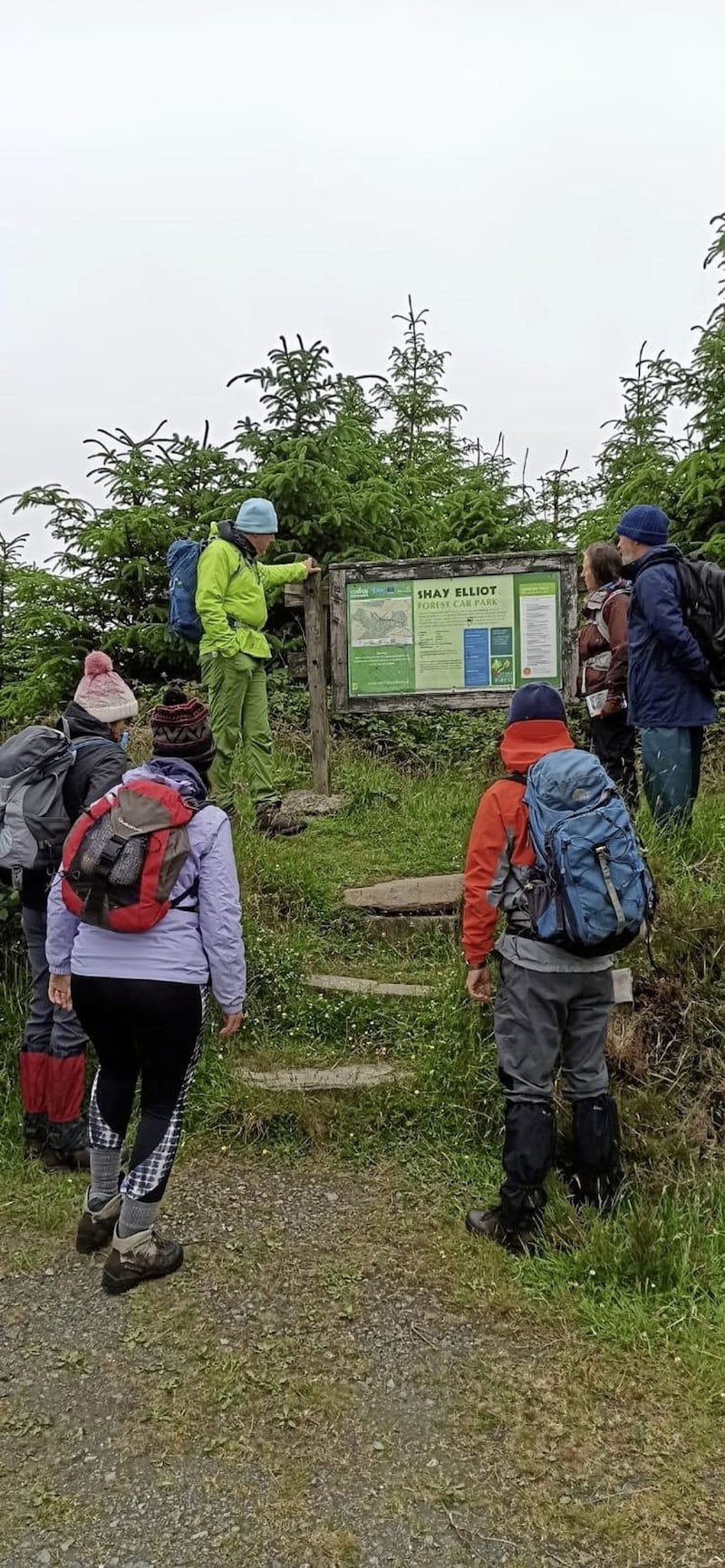
There comes a point when you don't want to follow any more; you want to be able to safely make your own decisions about where to go, to not forever be restricted to being a fairweather hillwalker or dependent on someone else's judgment. And here we are.
Which brings me to education, the third of Tim's top three tenets of hillwalking. The past two days have certainly been learning days. Gear and nutrition – what to wear, what to carry and what to eat in order to make your day in the hills as comfortable as possible – are obviously high on the agenda but there has been plenty of incidental information on the environment in which we've found ourselves on offer too; discovering things about your surroundings adds to the appreciation of any new experience.
Yesterday as we walked around the reservoir atop its hollowed-out peak, for instance, Tim told us about Turlough Hill's hydroelectricity station, the only one of its kind in Ireland. The artificial lake was constructed at the summit in the 1960s and a tunnel to house its huge turbines blasted through the mountain's solid granite, linking it to Lough Nahanagan in the valley below.
Water falling through the turbine shaft generates power before being pumped back up at off-peak times.
Weather and environmental impact are touched upon too and if geology is your thing Tim will wax philosophical about the meaning of time at the very mention of igneous rock. Which he'll mention himself.
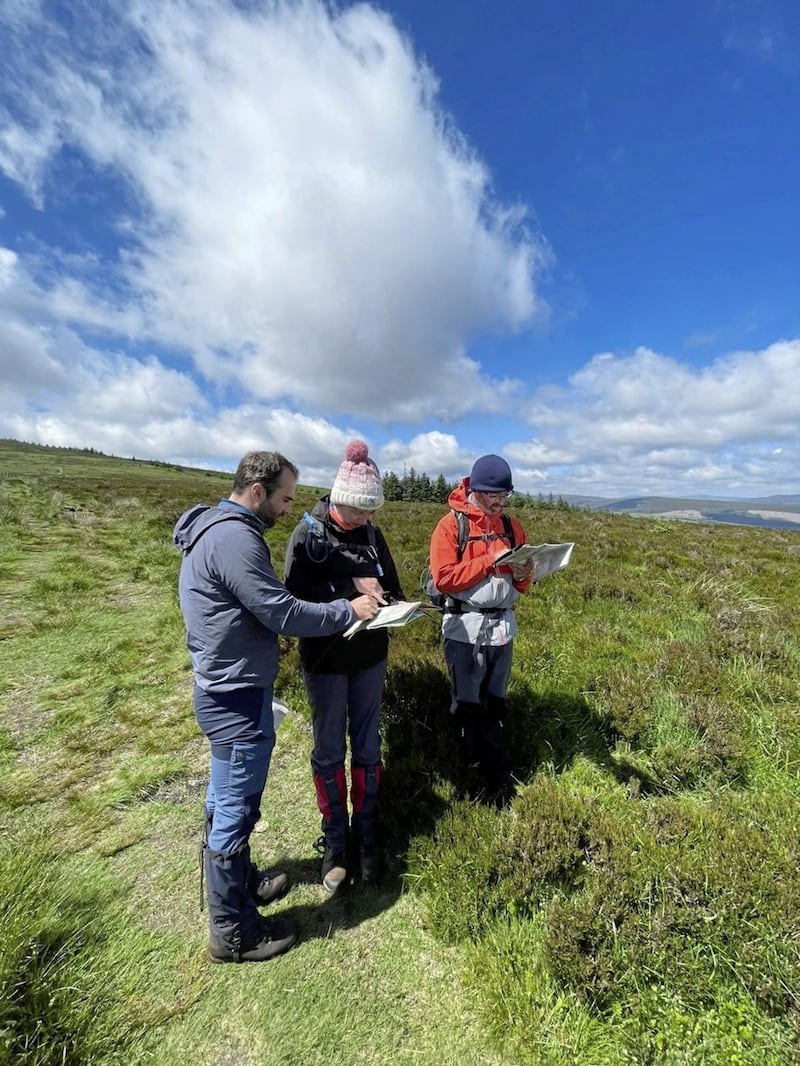
And while today has been heather, yesterday was pure bog. We learned about spaghnum mosses, the amazing lifeblood of Ireland's peaty uplands; I'll now recognise the yellow flower of the hardy little tormentil when I come across it again, the almost indigo butterworth sheltering shyly among billberry leaves and the pretty though carniverous sundew.
Keep your eyes on the ground – as yesterday's chill wind, showers and uneven terrain dictated we do – and you'll see more delicate colours and variety of life in a square metre of squelchy Wicklow bog than you could ever have imagined.
Tim Orr runs courses in walking, mountaineering and climbing throughout Ireland both for nationally recognised awards and on a bespoke informal basis, for all levels and experience. Call 00 353 8767 72732, email tim@torr.ie or visit torr.ie for more.
